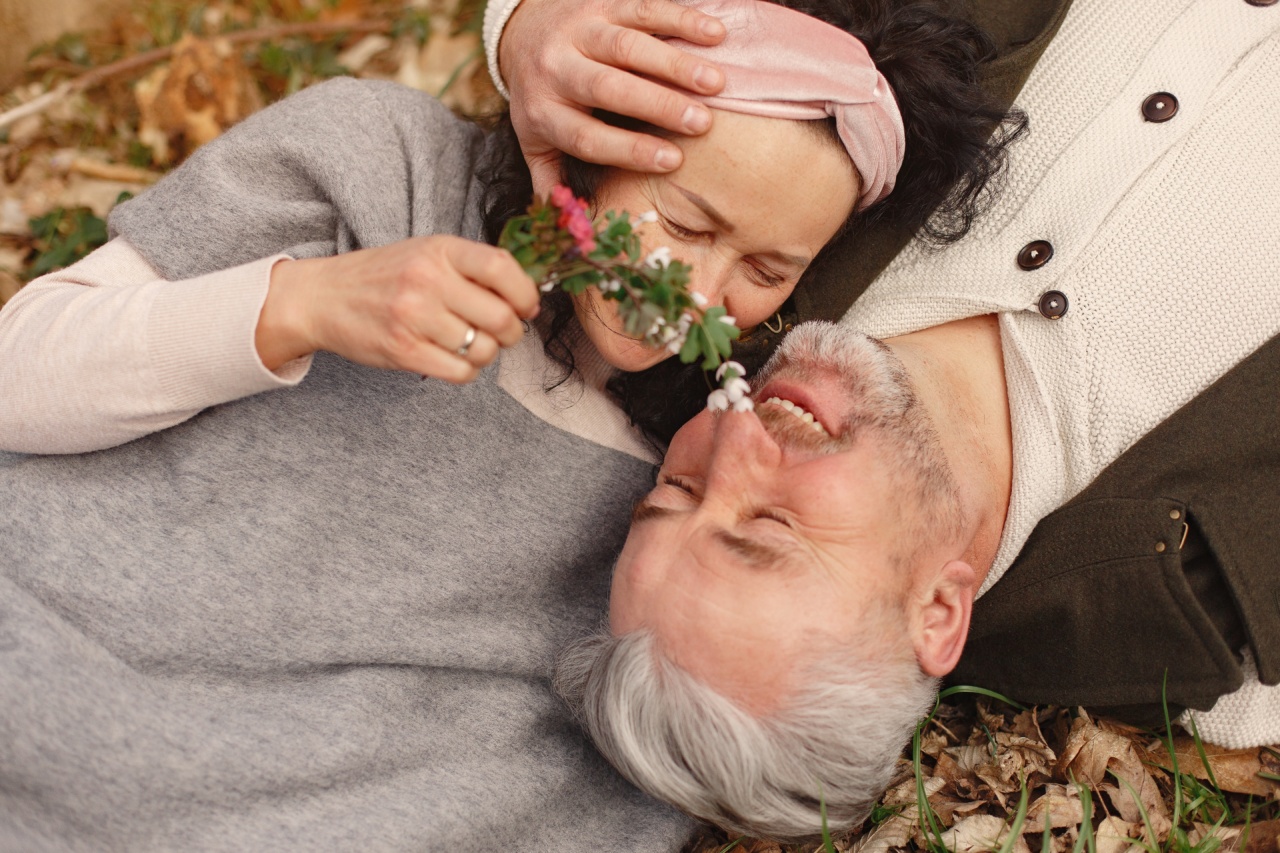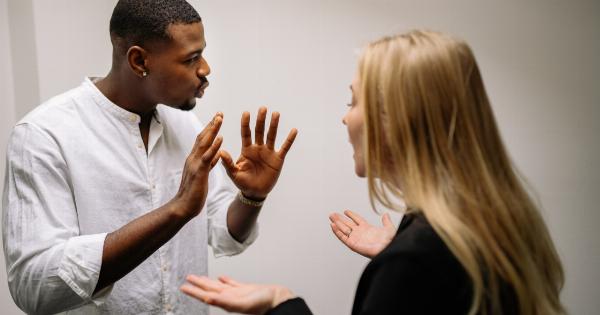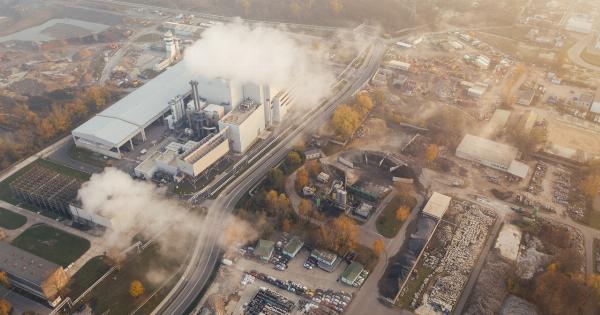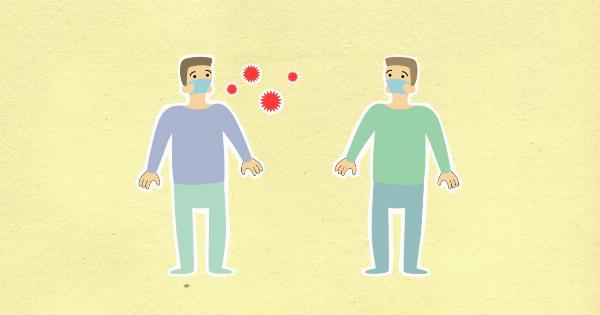Elderly people are at a high risk of falls and the consequent injuries. However, the gender gap in severe injuries due to falls among the elderly population is a widely overlooked issue.
Women fall more frequently than men do, but men have a higher risk of getting severe injuries from falls. The reasons for this gender disparity in severe injuries from elderly falls are complex and multifaceted.
In this article, we will discuss the gender disparity in severe injuries from elderly falls, the possible reasons behind it, and the measures that can be taken to prevent it.
The Gender Disparity in Elderly Falls
Falls are a prevalent problem for elderly people. According to the National Council on Aging (NCOA), one in four Americans aged 65 years and above fall each year.
Falls are the leading cause of both fatal and nonfatal injuries among this age group, and they result in significant healthcare costs and decreased quality of life for the elderly.
Statistically, women fall more frequently than men do. Studies have shown that women have a 50% higher incidence rate of falls than men. However, when it comes to severe injuries from falls, the gender disparity is reversed.
Men have a higher risk of getting severe injuries, such as hip fractures and head traumas, from falls than women do.
Possible Reasons for the Gender Disparity in Severe Injuries from Elderly Falls
There are several factors that contribute to the gender disparity in severe injuries from elderly falls. Some of them are:.
Biological Differences in Musculoskeletal Structure
Men and women have different musculoskeletal structures, which can affect the severity of injuries sustained from a fall.
Studies have shown that men have a larger and denser bone structure than women, which makes them less susceptible to fractures from falls. On the other hand, women have higher body fat percentages, which can cushion a fall and decrease the severity of an injury.
Differences in Fall Risk Factors
Men and women have different fall risk factors. Women tend to have more risk factors for falls than men do, such as osteoporosis, arthritis, and gait and balance problems.
Men, on the other hand, are more likely to engage in risk-taking behaviors that can increase their risk of severe injuries from falls, such as alcohol consumption and higher rates of smoking.
Differences in Fall Prevention Measures
Women tend to be more proactive in fall prevention measures than men. They are more likely to use mobility aids, such as canes and walkers, and to participate in exercise programs that can improve balance and strength.
Men, on the other hand, are less likely to seek help for fall prevention or to use mobility aids.
Measures to Prevent Gender Disparity in Severe Injuries from Elderly Falls
There are several measures that can be taken to prevent the gender disparity in severe injuries from elderly falls. Some of them are:.
Targeted Fall Prevention Programs
Targeted fall prevention programs that take into account the different fall risk factors and prevention measures for men and women can help reduce the gender disparity in severe injuries from elderly falls.
These programs should be tailored to meet the specific needs of each gender and should include education, exercises to improve balance and strength, and the use of mobility aids.
Increase Public Awareness of Falls Prevention
Increasing public awareness of falls prevention measures can help reduce the number of falls and severe injuries among the elderly population. This can be done through public education campaigns, community events, and media outreach.
Encouraging Men to Seek Help for Fall Prevention
Encouraging men to seek help for fall prevention and to use mobility aids can help reduce the gender disparity in severe injuries from elderly falls.
This can be done through public education campaigns targeted specifically at men, as well as through outreach programs to senior men’s groups and organizations.
Conclusion
The gender disparity in severe injuries from elderly falls is a complex and multifaceted issue that requires a targeted approach to prevention efforts.
By taking into account the specific risk factors and prevention measures for men and women, we can reduce the number of severe injuries and improve the quality of life for elderly people.































